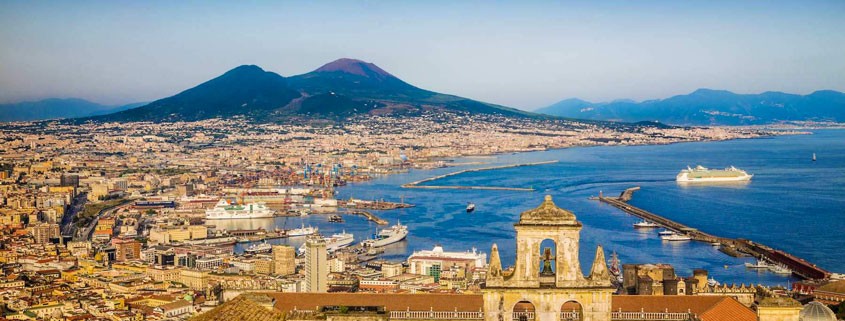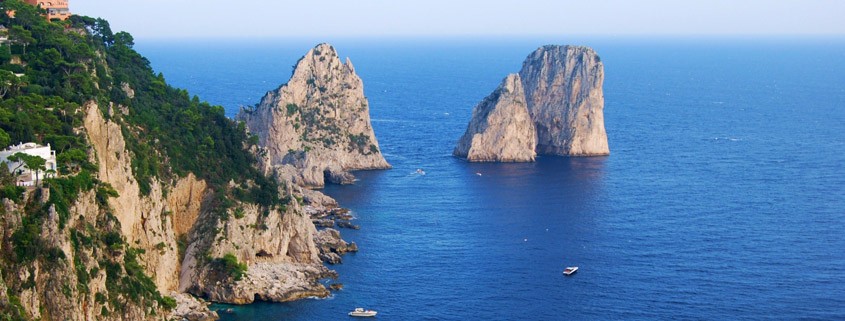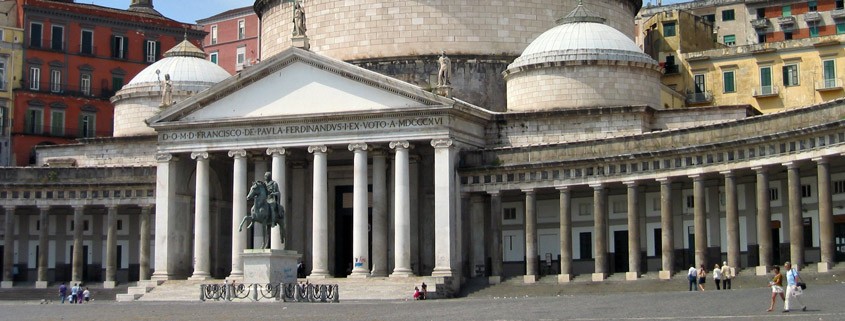Info Tour
Tour n. 7: Naples – Capri
From: Napoli / Sorrento / Amalfi / Salerno
Duration: 8 ½ hours
Pick–up: 8:00
Drop Off: 16:30
Price from: € 55,00 p.p
Tour Service
Included: Deluxe Mercedes Vehicle, English speaking driver, water bottle 500 ml, free Wi-Fi on board, All tolls, parking, petrol.
Not Included: Entrance tickets (where applicable), meals, tips, Authorized guide (available on request).
Note: Every itinerary, the time of the pick-up and drop-off can be modified to fit any special need or request.
Naples
Visiting Naples means plunging in a scenery of incomparable beauty: 2500 years of history, represented by all the monuments of great value. Every corner of this town keeps an evidence of great artistic and historical interest. Its museums keep some of the richest works of art and artifacts in the world.
There are several legends on the origins of Naples: the most fascinating is about the Siren Parthenope: she was broken hearted, as she didn’t manage to charm Ulysses with her singing, and she let herself dying into the sea. The new town of Naples was founded just where her body ran aground. The story says that the first Greek settlements date back to the VI century b.C., near the little island of Megaris (where the Castel dell’Ovo is located today), but the town was founded in 470 b.C., and renamed Neapolis (new town) to show the difference with the former settlement. After fighting against the Samnytes, the town had to surrender to Rome. During the following centuries, the town had many dominations: the Normans, the Suebians, the Angevins, the Aragonese, the Spanish, the Austrians, the Bourbons (who declared Naples as the Capital of the Kingdom of the Two Sicilies, and gave great importance to the city), and finally the Savoy, in 1861, when Naples became part of Italy.
It is impossible to mention all the beauties of this town. The most important are: Castel Capuano, the oldest Neapolitan Castle (today it is part of the Tribunal of Naples; it was built in 1140); Castel dell’Ovo (the legend says that the name comes from an egg, put by Virgilius in the foundations of the Castle); Castel Nuovo, or Maschio Angioino(built by the King Charles of Anjou in 1279); Castel Sant’Elmo (next to Saint Martin’s Carthusia, on the top of Vomero hill, built in 1537); San Carlo Theatre (it is considered one of the most important Opera Houses in the world; it was built by Charles III in 1737); the Royal Palace of Naples (built by the architect Fontana at the beginning of XVII century); the National Archaeological Museum (one of the most important museums in the world, for the value of its artifacts);Sansevero Chapel (located in the historical center of Naples, it is famous for the statue of the Veiled Christ); Gesù Nuovo Church (one of the most important churches in the city).
Capri
Once part of the mainland, in front of Sorrento Peninsula, this wonderful island, made of white calcareous rocks, can be considered one of the most charming places in the Mediterranean. Because of many findings, we believe that the island was already populated in the Neolitic period. In the XVIII century b.C. the first Greek settlers arrived (however, they didn’t give a great importance to the island).
The first estimator of Capri was the Roman Emperor Augustus. Thanks to him, in 29 a. D. Capri got freed from Naples, and Augustus began its private owner.
His follower, Emperor Tiberius, chose Capri as the place where to spent his last years, once he retired from Roman political life. He built 12 mansions on the island, like Villa Jovis or Villa Damecuta. Besides the famous “Piazzetta” (meeting place for the jet-setters) and its natural beauties, like the Faraglioni rocks and the Blue Grotto, don’t miss a visit of Augustus Gardens (a wonderful terrace with a breath taking view), and a walk through Via Krupp (a masterpiece of engineering, a serpentine pathway, overlooking the sea), both commissioned in 1930’s by the German tycoon Friedrich Alfred Krupp.








